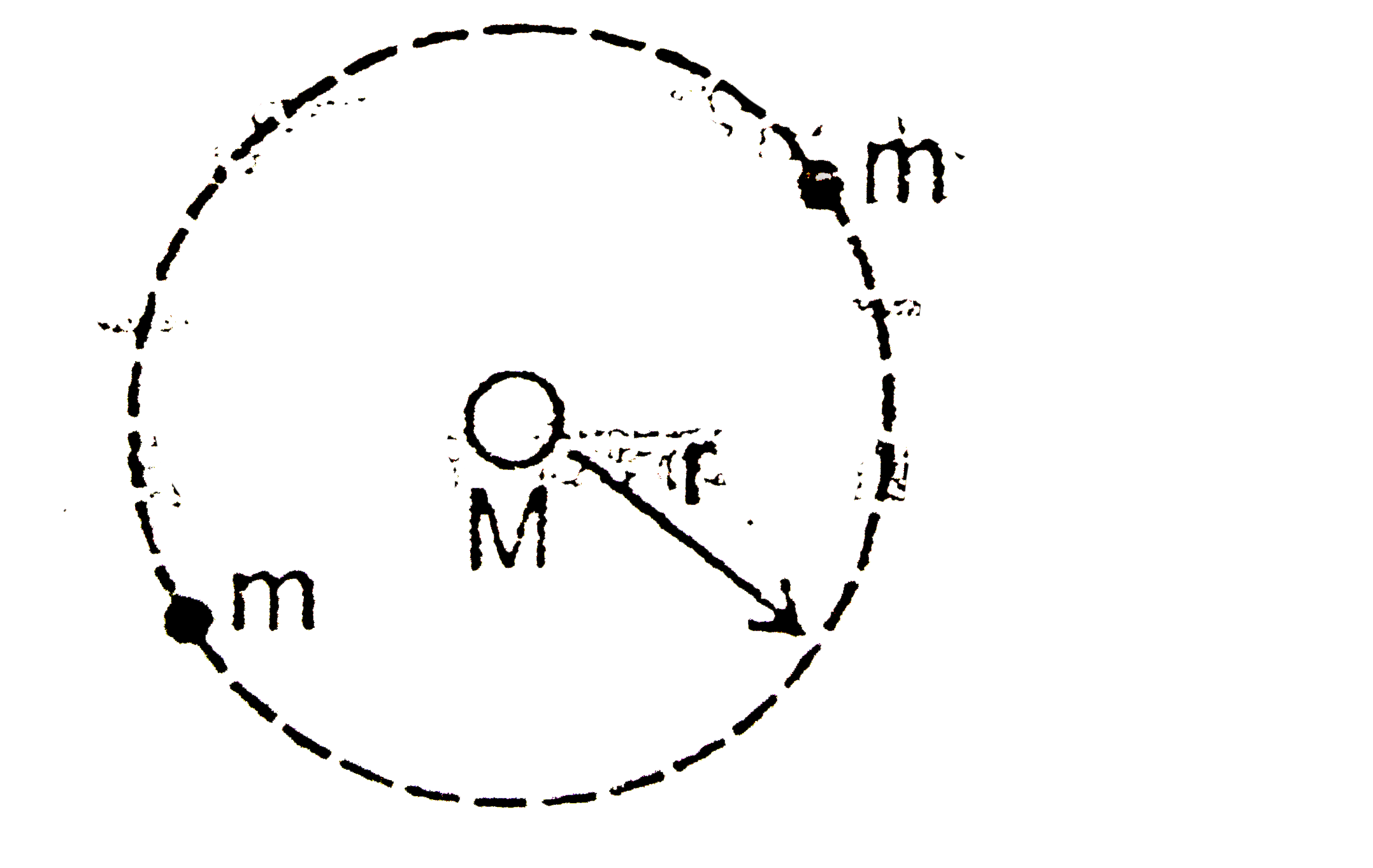Fallings star are
Comets
Asteroids
Meteors
Satellites.
The correct Answer is:C
Step-by-Step Solution:
1. Understanding the term "falling star":
- The term "falling star" is commonly used to refer to a specific astronomical phenomenon.
2. Identifying the options:
- The options given are: comets, asteroids, meteors, and satellites.
3. Defining each option:
- Comets: These are cosmic bodies made of ice, dust, and rocky material that orbit the sun. They often have a tail when they come close to the sun due to the sublimation of their icy components.
- Asteroids: These are small, rocky objects that also orbit the sun, primarily found in the asteroid belt between Mars and Jupiter.
- Meteors: These are small bodies from outer space that enter the Earth's atmosphere. When they do so, they become incandescent due to friction with the atmosphere and appear as streaks of light.
- Satellites: These are objects that orbit planets. For example, the Earth has one natural satellite (the Moon), while other planets have varying numbers of moons.
4. Analyzing the correct answer:
- The description of a "falling star" aligns with the definition of a meteor, as it is specifically a small body that becomes visible as a streak of light when it enters the Earth's atmosphere.
5. Conclusion:
- Therefore, the correct answer to the question "Falling stars are" is meteors.
- The term "falling star" is commonly used to refer to a specific astronomical phenomenon.
- The options given are: comets, asteroids, meteors, and satellites.
- Comets: These are cosmic bodies made of ice, dust, and rocky material that orbit the sun. They often have a tail when they come close to the sun due to the sublimation of their icy components.
- Asteroids: These are small, rocky objects that also orbit the sun, primarily found in the asteroid belt between Mars and Jupiter.
- Meteors: These are small bodies from outer space that enter the Earth's atmosphere. When they do so, they become incandescent due to friction with the atmosphere and appear as streaks of light.
- Satellites: These are objects that orbit planets. For example, the Earth has one natural satellite (the Moon), while other planets have varying numbers of moons.
- The description of a "falling star" aligns with the definition of a meteor, as it is specifically a small body that becomes visible as a streak of light when it enters the Earth's atmosphere.
- Therefore, the correct answer to the question "Falling stars are" is meteors.
Topper's Solved these Questions
- HUMAN EVOLUTIONBOOK - DINESH PUBLICATION ENGLISHCHAPTER - HUMAN EVOLUTIONEXERCISE - Check Your Grasp
10 Videos
- GROWTH, REPAIR, REGENERATION AND AGEINGBOOK - DINESH PUBLICATION ENGLISHCHAPTER - GROWTH, REPAIR, REGENERATION AND AGEINGEXERCISE - Brain Teasers-VI[B]
6 Videos
- HUMAN HEALTH AND DISEASEBOOK - DINESH PUBLICATION ENGLISHCHAPTER - HUMAN HEALTH AND DISEASEEXERCISE - CHECK YOUR GRASP
17 Videos
Similar Questions
Number of 'falling stars' per day is
View SolutionAn isolated triple star systerm consists of two identical stars, each of mass m and f fixed star of mass M. They revolve around the central star in the same circular orbit to radius r. The orbiting stars are always at opposite ends of a diameter of the orbit. The time period of revolution of each star around the fixed is equal to:

View Solution
Knowledge Check
Sunset and evening star used in the poem, is a metaphor for
AbirthBdeath in lifeCdeath and new lifeDreality and imagination
Morning and Evening stars are respectively
View SolutionThe visible universe is estimated to contain 1022 stars. How many moles of stars are present in the visible universe?
View SolutionIt is believed that the universe is expanding and hence the distant stars are receding from us. Light from such a star will show
View SolutionExplain briefly what causes the twinkling of stars at night?
View SolutionTwinkling of stars is due to atmospheric
View SolutionAssertion : The stars twinkle while the planets do not.
Reason : The stars are much bigger in size than the planets.
View SolutionA(nonrotating) star collaps onto from an initial radius Ri with its mass remaining unchanged. Which curve in figure best gives the gravitational acceleration ag on the surface of the star as a function of the radius of the star during the collapse?

View Solution
